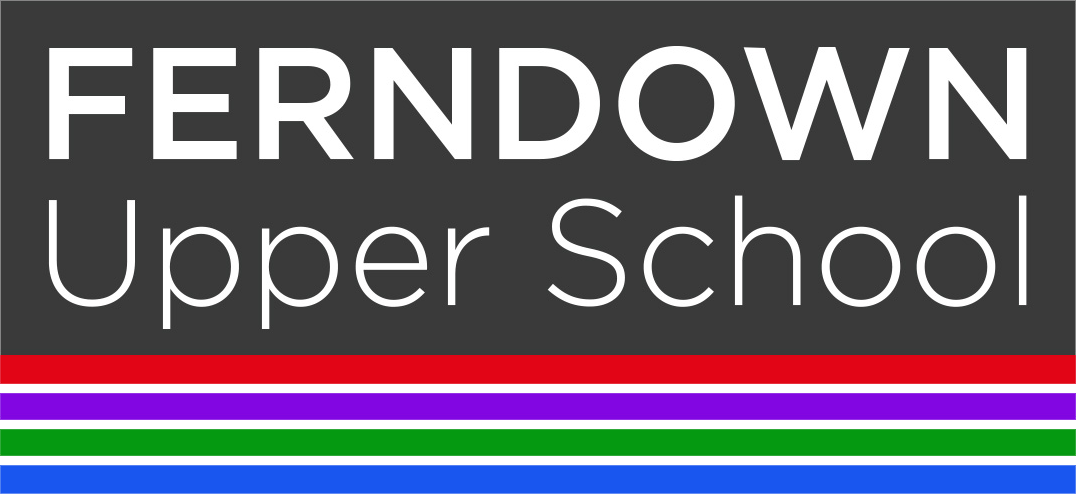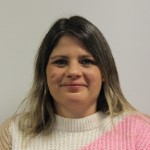Special Educational Needs and Disability
Ferndown Upper School have high aspirations for all students identified as having SEND (Special educational needs and disability) in our school. We strive to ensure that all students achieve their best, that they become confident individuals living fulfilling lives, and make a successful transition into adulthood, whether into employment, further or higher education or training.
Ferndown Upper School aims to help all students realise their potential. We endeavour to identify the barriers to learning that may result in underachievement and coordinate additional provision where required. It is expected that the needs of the majority of students can be met through a mainstream curriculum with teacher planning taking account of starting points and aiming for all students to make progress.
Assessment of additional need focuses upon four factors: the child’s learning characteristics, the learning environment, the tasks and activities undertaken and the teaching style.
All students, including those with special educational needs, spend the majority of their time following a mainstream secondary curriculum. The expectation is that class teachers across each subject area ensure that the programme of study delivered is accessible and to all students.
Key Documents
Ferndown Upper School have high aspirations for all students identified as having SEND (Special educational needs and disability) in our school. We strive to ensure that all students achieve their best, that they become confident individuals living fulfilling lives, and make a successful transition into adulthood, whether into employment, further or higher education or training.
Ferndown Upper School aims to help all students realise their potential. We endeavour to identify the barriers to learning that may result in underachievement and coordinate additional provision where required. It is expected that the needs of the majority of students can be met through a mainstream curriculum with teacher planning taking account of starting points and aiming for all students to make progress.
Assessment of additional need focuses upon four factors: the child’s learning characteristics, the learning environment, the tasks and activities undertaken and the teaching style.
All students, including those with special educational needs, spend the majority of their time following a mainstream secondary curriculum. The expectation is that class teachers across each subject area ensure that the programme of study delivered is accessible and to all students.


.JPG)
.JPG)
.JPG)